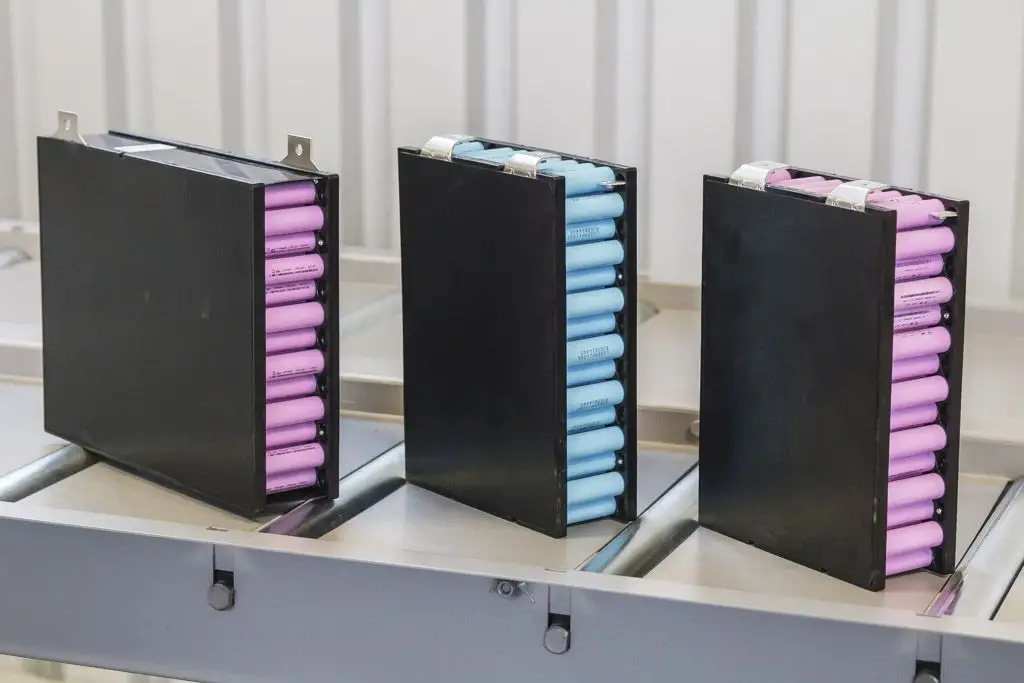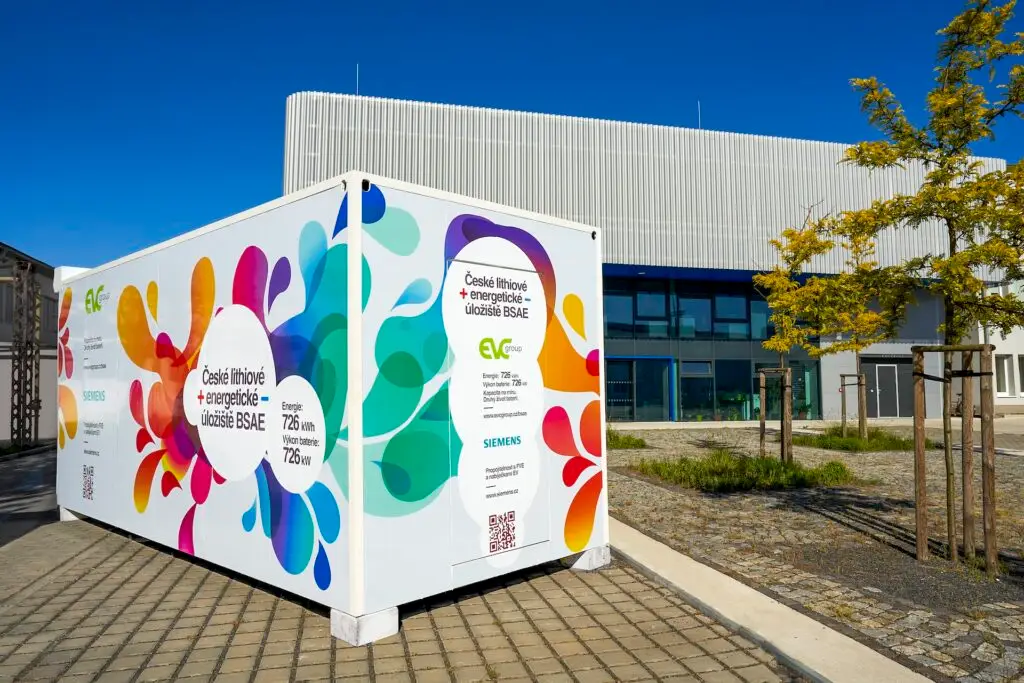
Battery modules
For most applications, individual battery cells do not achieve the required voltage, capacity or, most often, both.
Therefore, after we have selected a suitable battery cell for the customer, the phase of their modularization into larger building units follows. With the help of series-parallel connection of individual cells and equipping with control electronics (BMS), a basic building element, the so-called module, is created.
When designing traction batteries at EVC, we prioritize the installation of cells in established module sizes, mainly to ensure serial production and reduce costs for the customer. For larger applications, the modules are further built in series-parallel in the battery boxes to achieve the required nominal voltage and capacity, some small applications, on the other hand, work with one module and a simplified version of the BMS.
EVC battery modules are not simply a mechanical assembly of individual cells into larger systems, but a remelting of experience from the operation of dozens of vehicles, in order to ensure the highest possible ratio of volume and weight energy density. They respect the dilation of individual cells (especially for bag cells), the requirement for cooling and mechanical resistance. In the case of assembly with pencil cells, each of them is protected by a current "fuse" in the form of a deliberately weakened jumper.



